Plane [kanna]
Kanna
Kanna
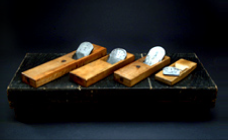
The lower end of the table curved outside is called the outer circle plane, which is used to cut the concave curved surface. The lower end of the table curved inside is called an inner circle plane, which is used to cut convex curved surfaces. The blade tip of the plane blade is also in an arc shape similar to the table. Depending on the type of arc, there are Fukamaru (also called Sotomaru or Uchimaru) and Jikumaru (Totomaru).
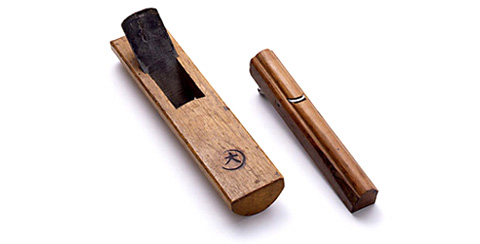
Outer circle plane from left, outer circle plane (Jikumaru / back)
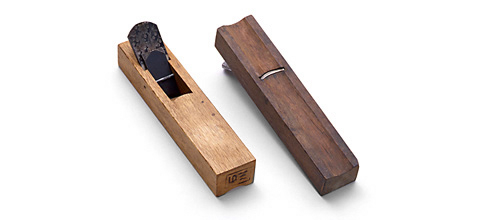
From left, inner circle plane, inner circle plane (back)
The blade of the flat plane is prepared in a stand with the shape of the flat plane slightly smaller and the side bent so as to be curved outside. A large curved surface is used for Shaving. A warped plane that is also a outer circle is called a four-way warped plane, and a Uchimaru one is called a boat bottom plane. Many of these are small.
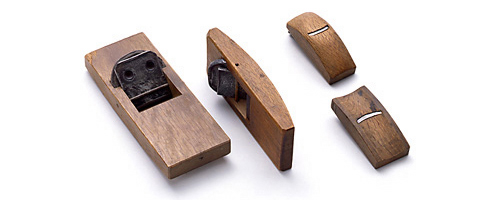
From the left, warp plane, warp plane (side), four-sided warp plane (back), boat bottom plane (back)
It is used to cut various moldings on square and board materials, that is, to chamfer. There are many types because it is necessary to take various aspects (Fig. 9). The lower end of the table is made according to the required surface, and the sharpened blade is prepared on the same blade tip as this surface. The main part of the corner is used for the Shaving, with a Ruler to prevent the shaking of the stand during work. In Ruler, there is a triangular Ruler sandwiching the corners of the material on both sides of the bottom, and a movable and adjustable surface shape. In some cases, two blades were prepared to take a complicated side.
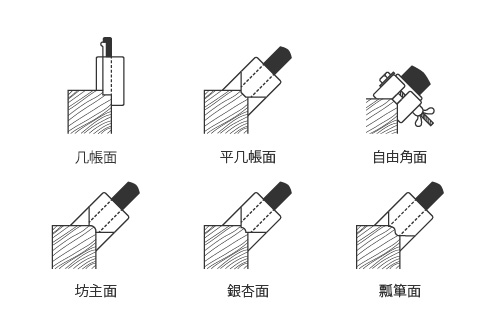
Figure 9 Representative chamfer plane
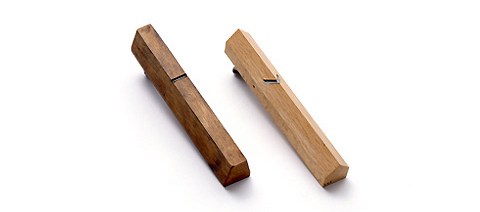
From the left, at least plane (back side), chamfer plane-sword tip (back side)

From left, chamfer plane-punctuated surface (back), chamfer plane-punctuated surface (back)
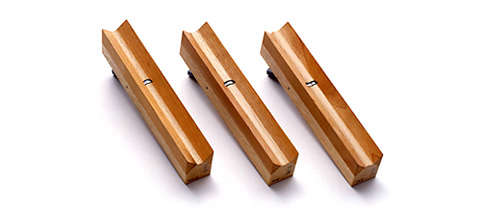
From the left, from the left, the chamfer plane-shape face (back), the chamfer plane-ginkgo face (back), the chamfer plane-gourd face (back)
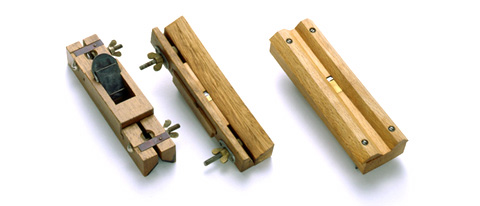
From the left, the chamfer plane-free square plane, the chamfer plane-free monkey cheek surface (back), the chamfer plane-corner side and the monkey cheek surface (back)
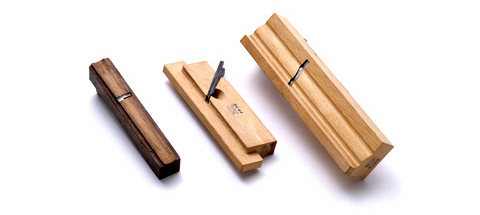
From the left, the chamfer plane- sesame pattern surface (back), the chamfer plane-account surface, the chamfer plane-iriko surface (back)
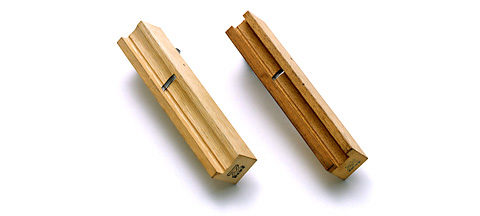
From the left, the chamfer plane-one string surface (back), the chamfer plane-two string surface (back)
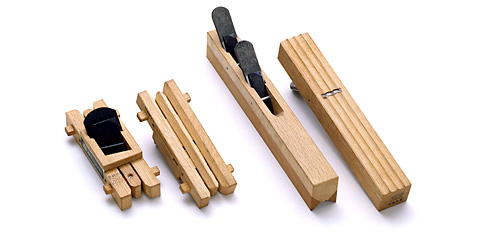
From the left, the chamfer plane-kumiko surface, the chamfer plane-kumiko surface (back), the chamfer plane-2-chome digging deformation surface, the chamfer plane-deformed surface (back)
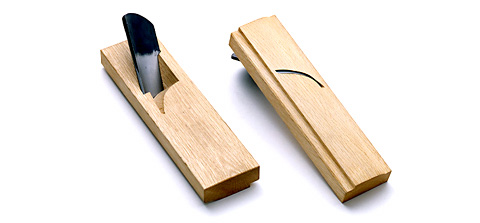
From the left, the chamfer plane-sumi round side cut, the chamfer plane-sumi round side cut (back)
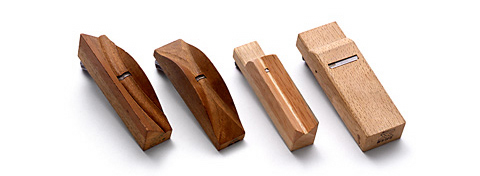
From the left, the chamfer plane-corn round gourd surface (back), the chamfer plane-boyer surface (back), the chamfer plane-double chamfer plane-boyer surface (back), the chamfer plane-boyer surface (back)
Basic information
Special Exhibition
Permanent exhibition